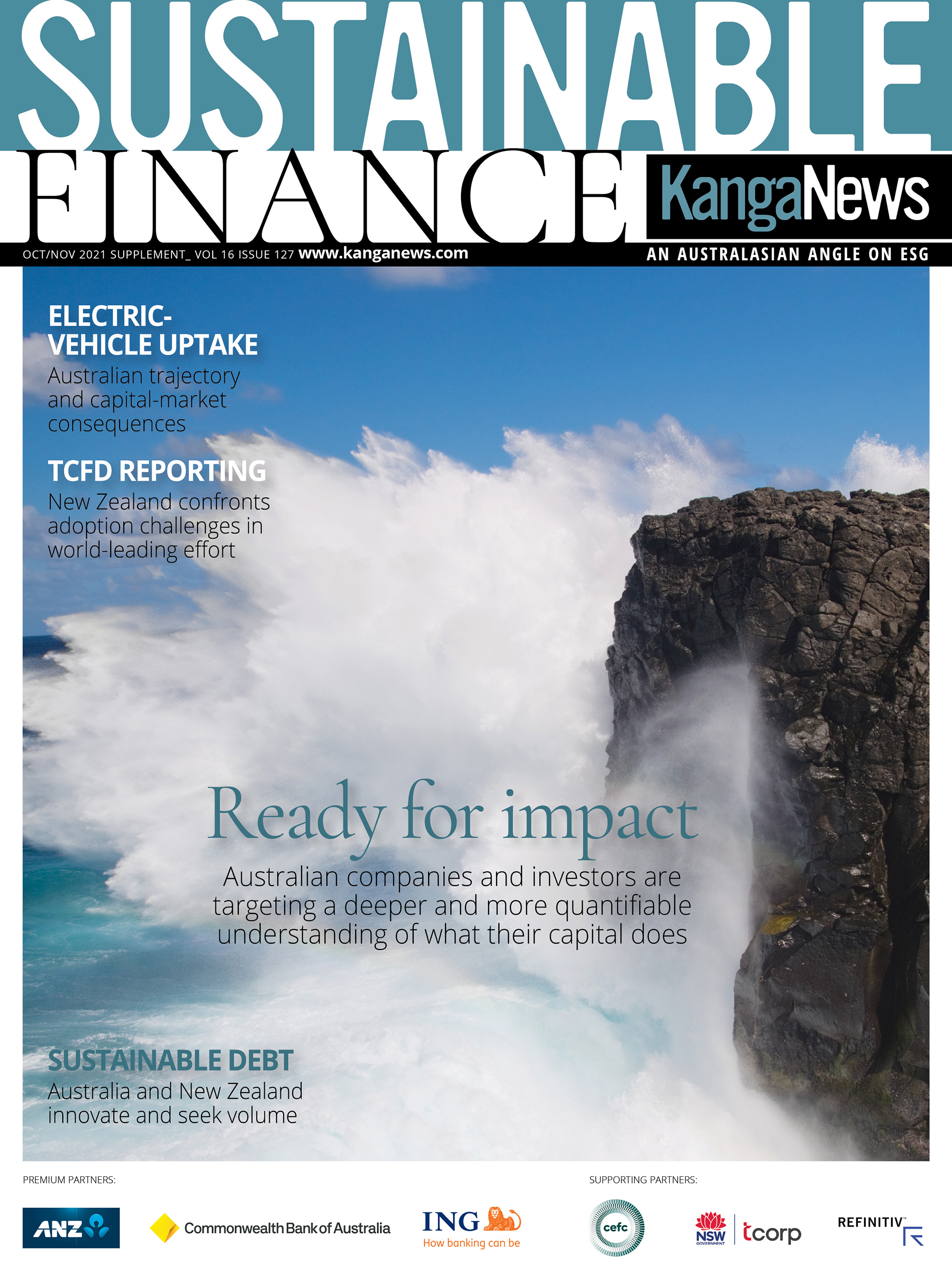Outlook for the Australian economy
Bill Evans, managing director, chief economist and global head of economics and research at Westpac Banking Corporation, says forecasts for key drivers suggest Australian growth will slow in 2018 before currency depreciation once more comes to the lucky country’s rescue.
EVANS In 2016 we expected growth to be 1.5 per cent. We expect it to pick up to 3 per cent in 2017, but also that it will slow down again in 2018, to around 2-2.5 per cent.
The mining boom has slowed down substantially – it peaked in 2012 and since then mining investment has been detracting from growth. The key drivers of growth more recently have been exports, services exports such as education, health and tourism, and housing construction.
We expect that housing construction has peaked. It will probably hold its peak in 2017 but will come off fairly significantly in 2018. This is mainly because we are already seeing restrictions on Chinese investment in the Australian housing sector. We expect this will start to show up in the construction cycle by 2018. So construction will be a drag on growth.
The growth in exports will also peak in 2017. While LNG will continue to grow it will be doing so at a slower pace in 2018.
The second question mark about exports will be the sustainability of the strong boost we have had from services exports. These have also been spearheaded by China, and while the information is pretty clear that the Chinese authorities are discouraging direct investment in residential housing, there’s no evidence at this stage of them discouraging consumption of education and health.
However, we do know Chinese officials are nervous about running their reserves below the key US$3 trillion level. Reserves peaked at about US$4.2 trillion 18 months ago. They are pretty much at US$3 trillion now and the concern is that the authorities will implement some form of controls on services exports in addition to the controls we are already starting to see on direct property investment.
In this situation the question is whether the Australian government will be able to offset the slowdown from exports and housing construction with a boost in confidence that would see household expenditure and business investment filling the gap. It doesn’t look likely that this will be the case. The government is currently focused on retaining the triple-A rating.
Global growth is one factor that might emerge to boost confidence. I think the US growth rate will lift this year, mainly through infrastructure and deregulation. Offsetting this will be trade and immigration policy, which will tend to mean that the recovery in the US won’t spread the way we would normally expect to other parts of the world.
Another benefit for Australia was the surge in commodity prices in 2016. This has partly been due to China’s policy to reduce the number of days coal mines are working, but more importantly on the demand side the huge boost in infrastructure expenditure and the big boost to the housing market.
The political cycle is very important here. The Chinese regime wants a strong economy in 2017 because at the November congress it wants to cement its power. The problem will be after the congress at the end of next year, when the government will have to redress the imbalances that will result in what I consider to be a fairly substantial slowdown in the Chinese economy.
If you add all these things together – a downturn in housing construction, potential risks around exports and a slowdown in Chinese growth that will bring down commodity prices and therefore be a drag on our terms of trade – 2018 doesn’t look like a great year for Australia.
What does this mean for markets? We expect the Federal Reserve (Fed) will raise rates twice this year and twice next, while Australia will remain on hold this year.
Next year, while markets are expecting Australia to be raising rates, my expectation is that they will remain on hold as the economy is slowing, or indeed rates will come down. What this means is that by the end of 2018 the yield differential between Australia and the US will probably go negative.
When I combine this with the fact that Chinese growth will be slowing, which will drag down commodity prices, the facts of the interest-rate differential and the downturn in prices will be huge weights on the Australian dollar.
I expect the Australian dollar will hold reasonably well this year under steady commodity prices and only the first stage of the next phase of Fed hikes, while next year the Australian currency will come down significantly. Right now it’s at US$0.72-0.73 and by the end of the year it will be down to about US$0.65.
Of course if this does happen, the lucky country will assert itself again and the highly flexible exchange rate will once again provide us with a growth boost going forward. But we will have to go through a fairly soft period in 2018 before it does so.
While I have short rates not moving, our bond rates will of course follow the US. I expect US bond rates to continue to rise over the course of this year and next as we move further and further away from QE, as we see stimulatory policies and as we see the Fed tightening. US bond rates will eventually start to move towards equilibrium, which as I see it is around about nominal GDP growth.
If I have nominal GDP growth in the US at around 4 per cent, I would expect to see US bond rates heading up towards 3.25 per cent by the end of 2018. Australian bond rates will have to rise. But the pace at which they do so will be much slower than the equivalent trajectory in the US. So the yield differential we currently have, of 35 basis points, could indeed challenge the zero point.

KANGANEWS SUSTAINABLE FINANCE H2 2021
KangaNews is proud to share cutting-edge information from the global and Australasian sustainable debt market.
















